Dinger's Aviation Pages
Messerschmitt Bf109 Recognition Points
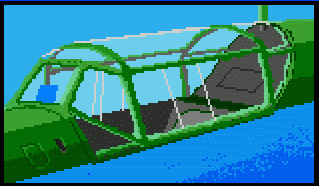
The early unarmoured cockpit canopy used on the A, B, C, D and the E-1 and E-3 series aircraft. Note the curved top.
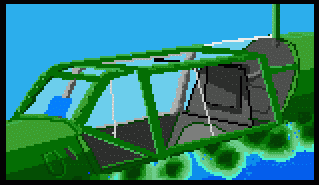
The square canopy first used on E-4, it could be easily retrofitted to the earlier E-1 and E-3. It continued in use on the F and G series. Note the flat top. On some late production G series the armoured metal plate behind the pilot's head was replaced with bullet-proof glass to provide a better view to the rear. On the E and F series a pane of bullet-proof glass could be bolted onto the front of the cockpit (it was not always fitted), from the G series the bullet-proof front panel was built as an integral, interior, part of the windscreen. Spanish post-war "Buchons" used the same canopy shape.
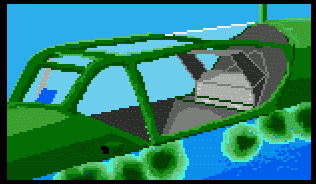

The early unarmoured cockpit canopy used on the A, B, C, D and the E-1 and E-3 series aircraft. Note the curved top.

The square canopy first used on E-4, it could be easily retrofitted to the earlier E-1 and E-3. It continued in use on the F and G series. Note the flat top. On some late production G series the armoured metal plate behind the pilot's head was replaced with bullet-proof glass to provide a better view to the rear. On the E and F series a pane of bullet-proof glass could be bolted onto the front of the cockpit (it was not always fitted), from the G series the bullet-proof front panel was built as an integral, interior, part of the windscreen. Spanish post-war "Buchons" used the same canopy shape.

The "Erla hood" (sometimes called the "Galland Hood") which gave improved view. Introduced on late G series aircraft and continued for the "K" series. Post war Avia S-199s used this canopy.
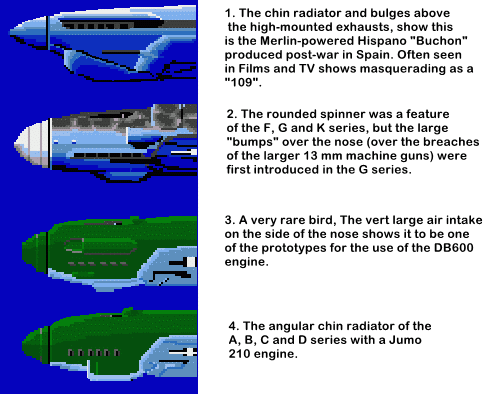

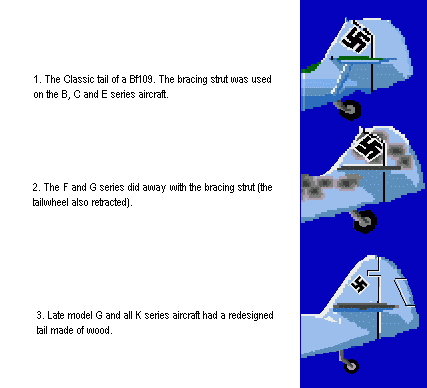

The classic Bf109 E series of the Battle of Britain. Note the braced tail, the flattened spinner, the engine exhaust set low on the nose. The E, F, G and K models all had a small oil radiator under the nose while there were larger engine cooling radiators under the wings. The earlier A, B, C and D series lacked the under-wing radiators, having only the large chin radiator under the nose.
All A, B, C, D and E series aircraft had squared-off wingtips, whilst the F, G and K series (and the Hispano Buchon and Avia S-99) had rounded wingtips. The rare H series had extended wings with rounded wingtips.
All A, B, C, D and E series aircraft had squared-off wingtips, whilst the F, G and K series (and the Hispano Buchon and Avia S-99) had rounded wingtips. The rare H series had extended wings with rounded wingtips.
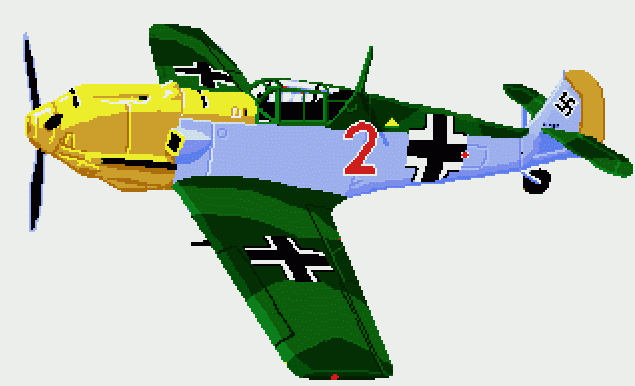
The squared-off wings of a Bf109E.

The Hispano Buchon Spanish-built version of the Bf109 design often stands in as a Bf109 in film and TV shows. Note the exhaust high on the nose and the large chin radiator.
